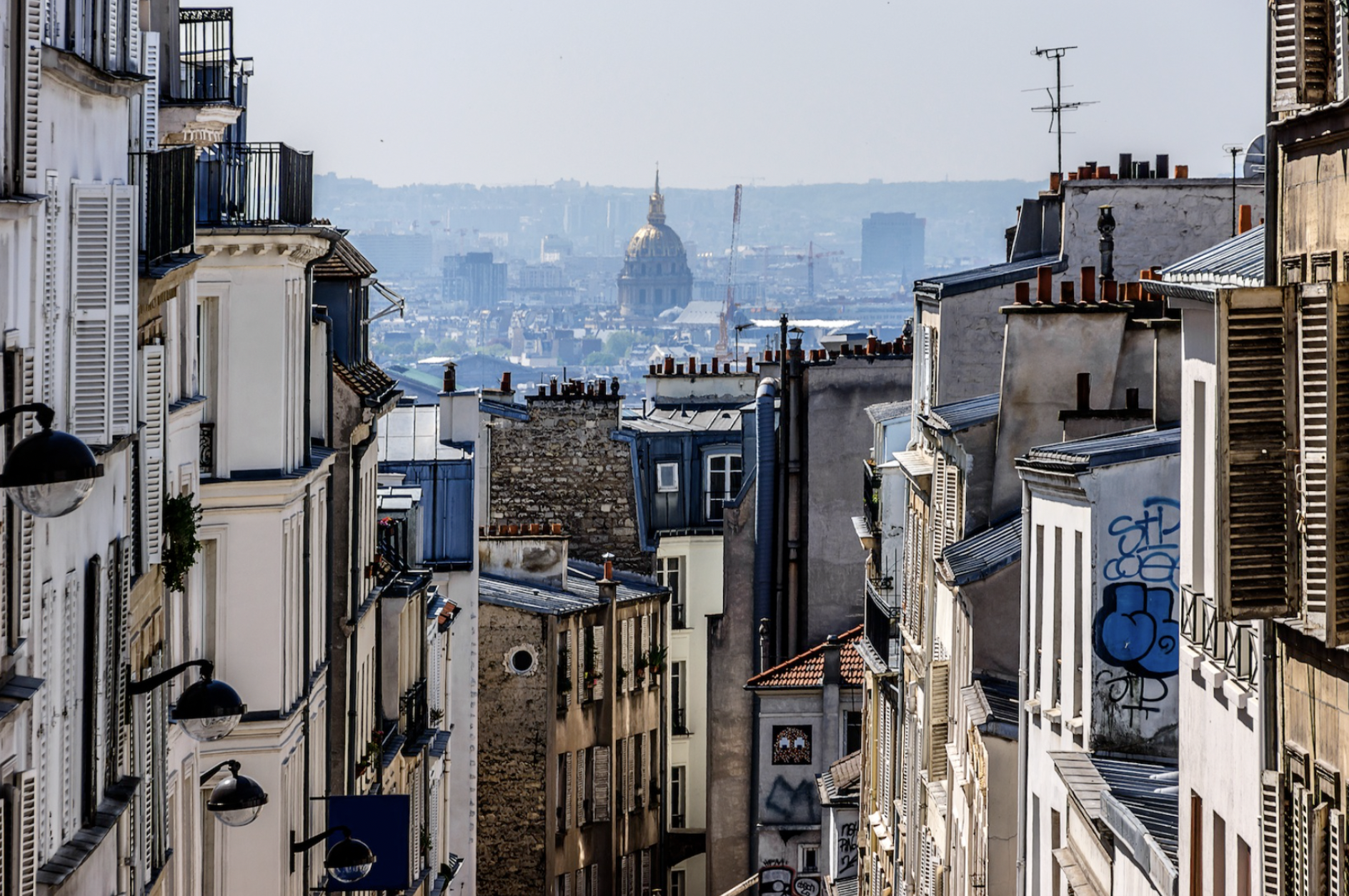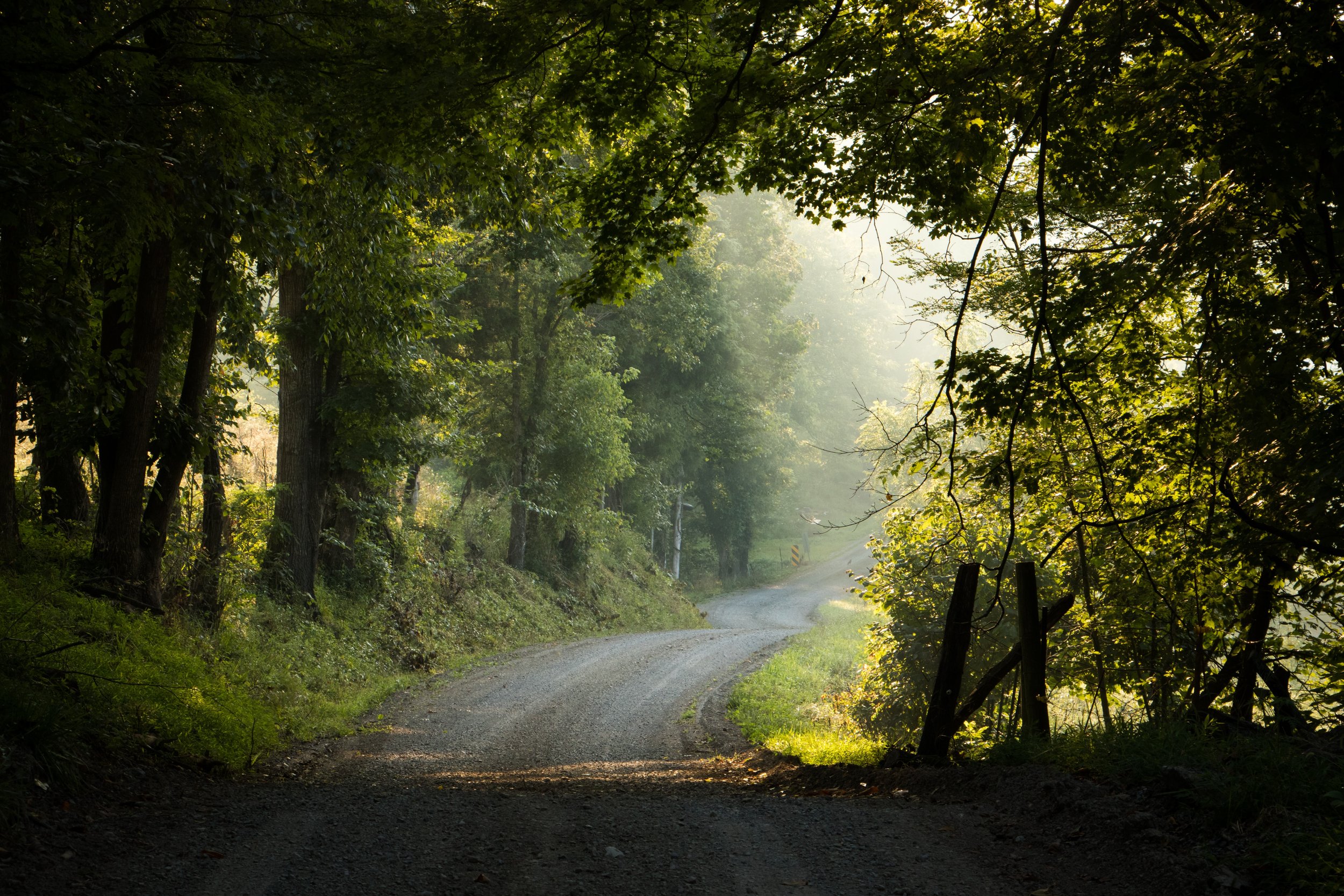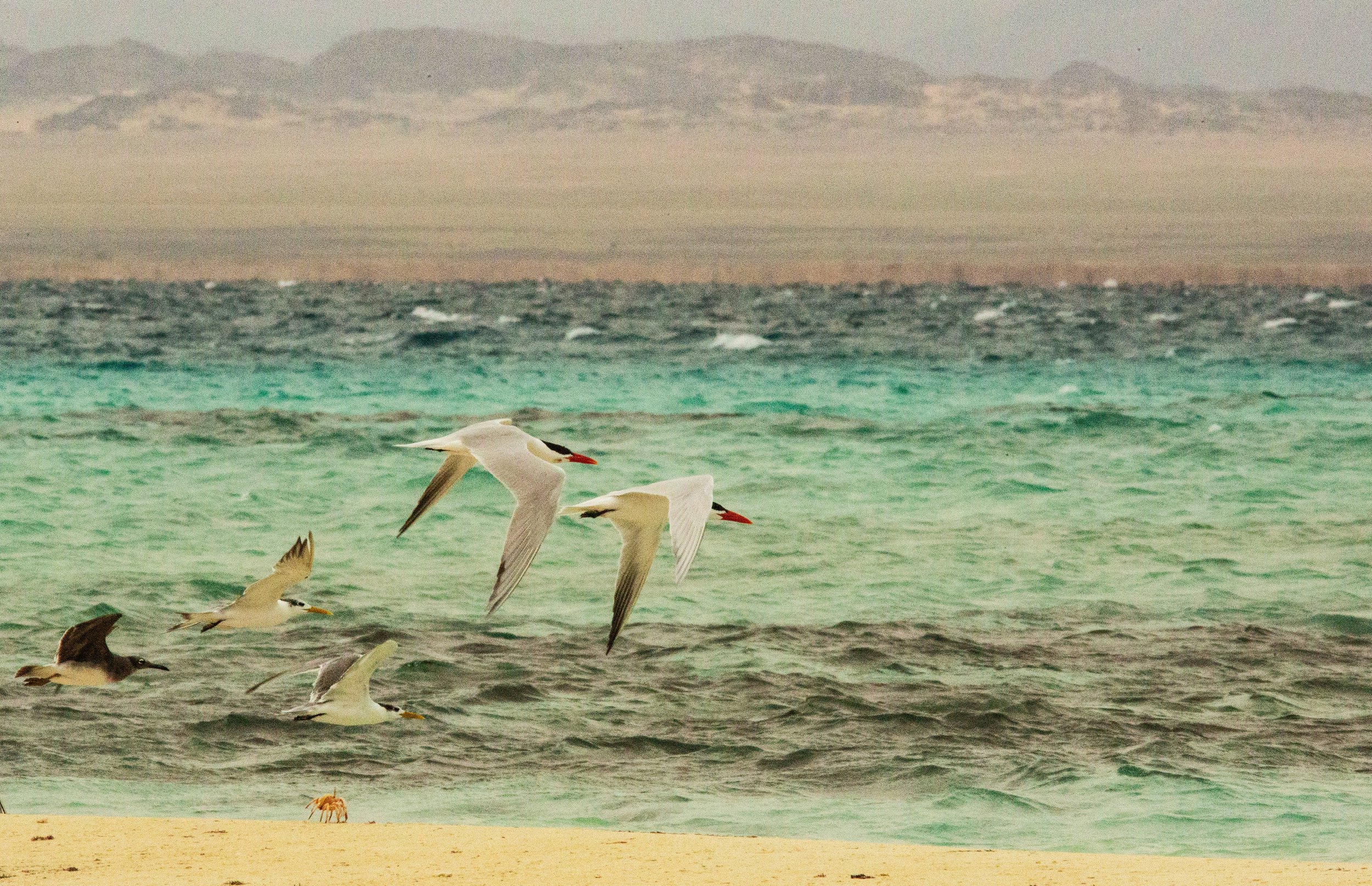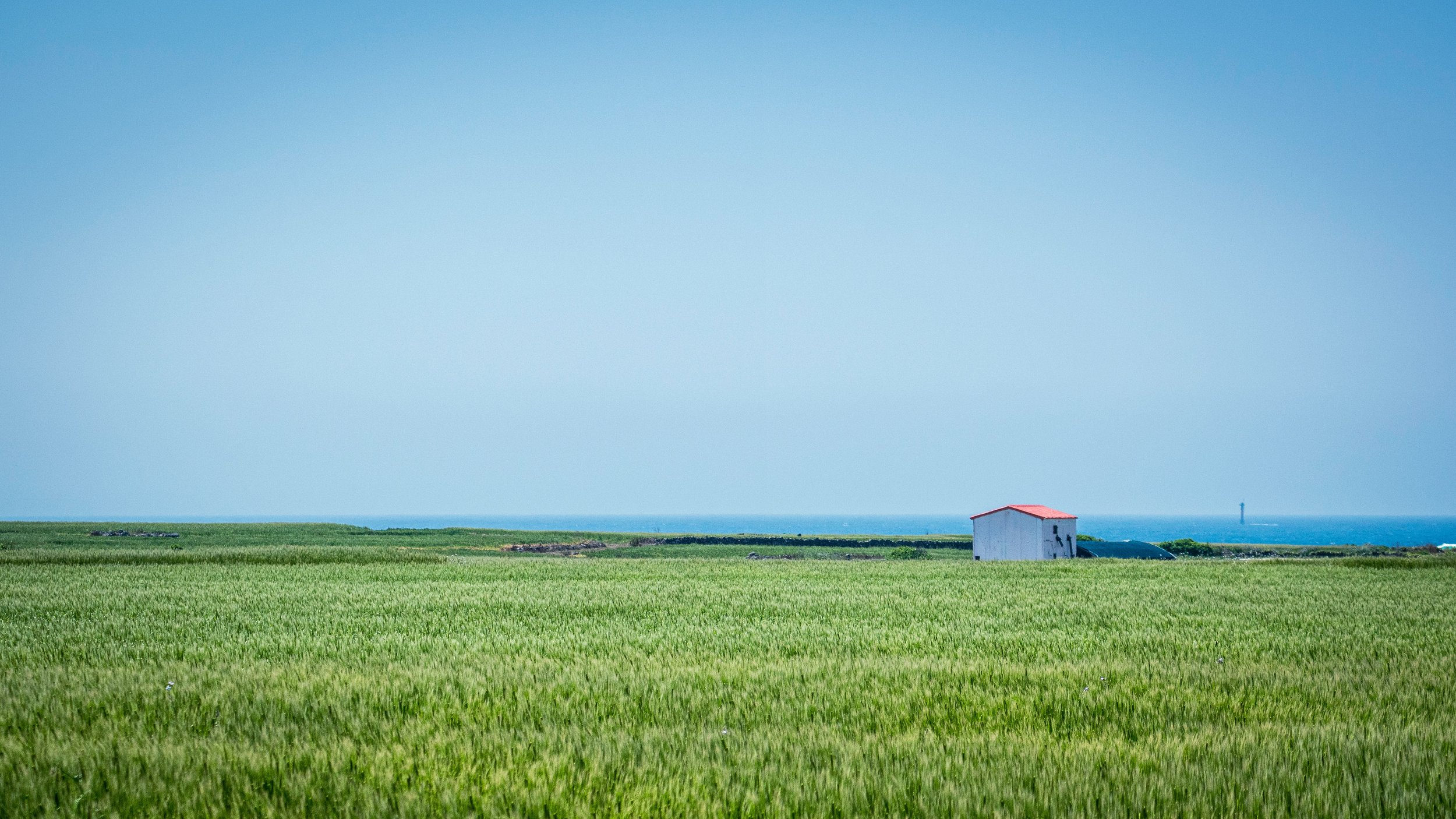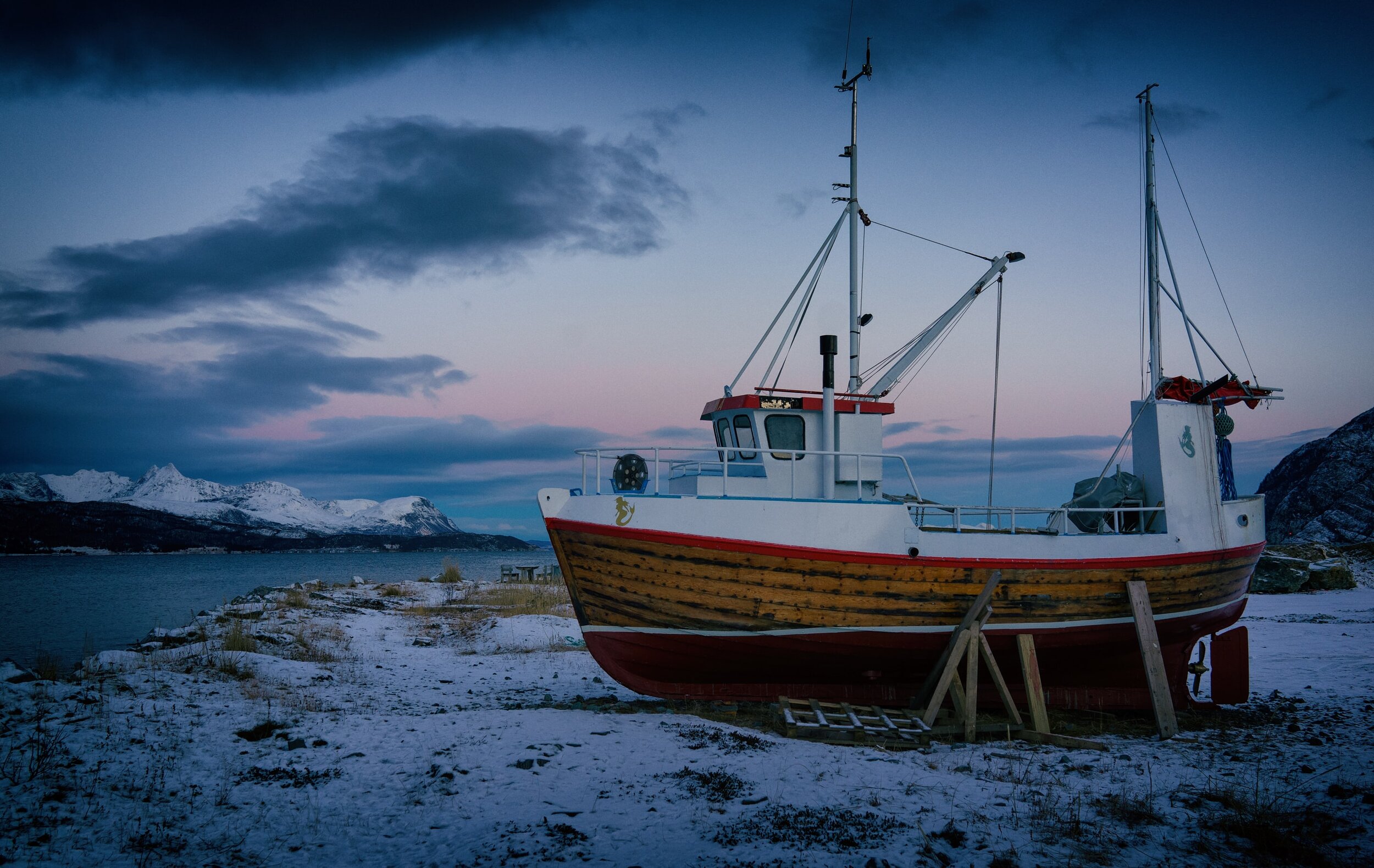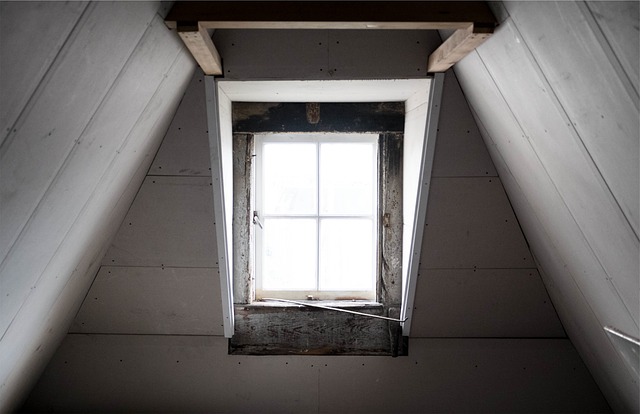A Miracle for Breakfast: Reading Elizabeth Bishop on Serifos

The first ferry of the day had just crossed the river.
It was so cold we hoped the coffee
would be very hot…
—Elizabeth Bishop, "A Miracle for Breakfast," North & South, 1946
By the time I reach Serifos, my sister has transferred to dementia care. "I shouldn't be here," I tell my classmates.
We're on a pebble of an island in the Cyclades archipelago, some 75 square km of rock heaved from the Aegean Sea. Commercial airlines don't land here. Large cruise lines don't anchor here. Summer visitors stay on precipices near the cave where, according to ancient legends, Odysseus killed a cyclops. Dramatic, remote, and imbued with history and myth, Serifos is an idyllic setting for our three-week literary retreat. But as we step from our ferry, I hold tightly to my cell phone. Dread follows me up the nearly perpendicular hill to our studio apartments.
Years went into planning this journey, but as my sister's health spirals, I wish I'd stayed close to home. The recent decade has been a whirlwind of losses. I’ve written obituaries, executed wills, liquidated households. My brilliant, talented sister, who used to fill canvases with dream-like visions, has settled into an assisted living residence. Exhausted, relieved, and in a fog of remorse, I signed up for the Serifos retreat. It didn't matter that I couldn't find the island on a map or that I couldn't speak Greek. I would embark on a creative odyssey—not just to write, but to achieve a sense of order and purpose in a life that had become increasingly unmanageable. Photographs of silver bays glimmered across my computer screen. I would explore archeological wonders, study with master poets, discuss literature over coffee steaming with epiphanies. Then, the pandemic reared and the trip was delayed, and delayed again. My sister sank into a deep silence. She fell, broke bones, suffered lingering infections. Her assisted living residence became dangerously understaffed. With no other family nearby, I monitored her care and responded to midnight calls that came more and more frequently. Two summers passed. Word by word, she lost her use of language. She did not recognize her favorite paintings that I hung in her room.
*
“I would embark on a creative odyssey—not just to write, but to achieve a sense of order and purpose in a life that had become increasingly unmanageable.”
Serifos is a paradoxical Greek island made of stone and shrubs and bursts of bougainvillea. I can't follow the meandering mountain trails without reflecting on my sister's complex and perplexing still-lifes—silk ribbons, rusty nails, and sepia lace juxtaposed in a bewitching swirl of shifting colors, every thread rendered with precision until she could no longer steady her brush. This is how light in Serifos behaves. In the evening, I watch the mountains beyond my balcony morph from olive to fawn to burnt sienna. Cicadas hypnotically hum. Too unsettled to sleep, I read late into the night. First, Elizabeth Bishop's sestina, "A Miracle for Breakfast." Then, Megan Marshall's A Miracle for Breakfast, a biography that describes Bishop composing the famous poem as she moved through a lifetime of sorrows. My emotions are also shifting. I'm grieved yet joyous, anxious yet elated to find myself on an island where stories bloom in wild patches and the wind seems to whistle poetry.
Over the next few days, I ease into a routine: morning classes with Ilya Kaminsky, Carolyn Forché, and Scott Cairns. Jaunts to the harbor-side cafés for coffee and platters of fried sardines with olive oil and herbs. Afternoons on Livadakia Beach, where warm sand rolls underfoot like poppy seeds and turquoise water tsks against the shore. Sprawled across a towel, I work on class assignments with one eye on my cell phone.
A year ago, I would have called my sister. She'd have been excited to hear about my stay in Greece, and we'd reminisce about the travels we enjoyed together when we were young. Sailing a turquoise lagoon in Bora Bora; following in Gaugin's footsteps across Polynesian beaches. But now she can't speak, and my detached voice would leave her confused and distraught.
Jumbled thoughts fill my notebooks. Mingling descriptions of Serifos with childhood memories, I write about cobbled roads and Pythagorean bends, warblers trilling in the hedge, a strawberry moon rising over the pale egg of a monastery dome. All along the curve of the bay, tamarisk trees reach out their bristled hands. I think of my sister's brushes and remember how, during our last visit at the memory care unit, she fluttered a hand over her bed as though painting on air.
As a child, I didn't understand why my teenaged sister needed to paint, or why she chose to illustrate objects like wilted roses and shattered eggs. I couldn't imagine the sorrows she must have felt in our noisy, troubled family where she was often the brunt of verbal abuse. Yet even as she tied my shoes and walked me to school, my sister taught me how to see wonder in falling leaves, broken bottles, and abandoned bird nests. It's a kind of enchantment I wish I could capture in my writing.
“My emotions are also shifting. I’m grieved yet joyous, anxious yet elated to find myself on an island where stories bloom in wild patches and the wind seems to whistle poetry.”
Every morning before classes begin, I wander the bayside village. At the corner grocery, I can't tell a mango from a peach. In the neighboring kafeneio, I can't decide between espresso or powdered Arabica beans simmered over an open flame in a briki pot. Years ago, I watched my sister and our mother bend over a pot like this—two artists with their faces lost in clouds as they simmered a golden gel said to be the long-lost medium used by seventeenth-century painters. The brew added elasticity to the paint, allowing artists to apply color in nearly transparent glazes, turning flat surfaces three-dimensional. I guess every artist yearns for a formula like this, a way to lubricate creative gears. Paying the barista, I fumble with unfamiliar currency. Purple? Orange? I will give anything, anything, for the thick, caffeinated beverage that promises to jolt me into…what?
In Scott Cairns' poetry workshop, I learn that Elizabeth Bishop had been a painter as well as a poet. Keenly observant, she brought to her writing the wizardry of a visual artist. Simple images convey multiple meanings. A breadcrumb becomes a mansion, a mansion becomes a bird nest, and a cup of coffee contains stories about human thirst and spiritual blessings. It seems astonishing that Bishop could produce some of America's most celebrated writing in the midst of devastating losses and bouts of despair. How can anyone sustain creativity when everything seems to slip away? How did my sister? How can I?
In one of her most famous poems, "One Art," Elizabeth Bishop enumerates an escalating series of losses, from door keys to houses, from cities to a continent. The small losses, none of them "disasters," provide the essential practice to deal with losing a loved one. This culminating loss does feel like a disaster, and Bishop concludes with a command: "Write it!" Such marvelous alchemy! I envy the way Bishop transforms grief into a genesis for art.
*
Then practice losing farther, losing faster:
places, and names, and where it was you meant
to travel. None of these will bring disaster.
—Elizabeth Bishop, "One Art," 1976
On the dawn of the summer solstice, several students invite me on a hike to the medieval walled village of Chora on the pinnacle of a terraced hill. There's a winding asphalt road with speedy bus service from the harbor, but I've been restless all night, dreaming of sinking ships and swirling fish, flashes bumping against my snorkel mask, sparks of something I cannot catch. I resolve to conquer the impossible summit, climbing 5 km of stone steps past green knolls and preserved windmills, square houses tumbled like dice, backyard roosters crowing me on.
“It seems astonishing that Bishop could produce some of America’s most celebrated writing in the midst of devastating losses and bouts of despair. How can anyone sustain creativity when everything seems to slip away? How did my sister? How can I?”
My fellow hikers are young and athletic; I'm as old as Sisyphus puffing up the arduous incline. I think of the unreachable fish and my sister grasping for words, words rolling down the hill—"places, and names, and," as Elizabeth Bishop wrote, "where it was you meant / to travel." Falling behind, I wish for a "magic medium"—a mystical potion to dissolve grief and dread.
Pausing at an overlook, I watch the first sun of summer sizzle on the rim of the distant bay. Violet mountains emerge, then toy boats on lavender water. Chora juts from the slope like quartz, brilliant and silent. Only the wind stirs as I pass through the village gate and wander a maze of cobblestone alleys. Archways lead to terraces, terraces become balconies, and stairs zigzag to somewhere else in time. I pause to savor this moment. I've made the climb! Remorse and worry are as remote as the tiny boats at the harbor. I imagine Elizabeth Bishop pushing through anguish to compose a hundred polished masterpieces. My cell phone slumbers in my pocket, almost forgotten.
The inspiration is fleeting. Late that night, the phone wakes me with the news I had been dreading. Pneumonia. It's a devastating illness for my sister, and the nurses give conflicting reports.
*
When is the next ferry to Athens? When is the soonest flight? With every desperate phone call come obstacles. There is no speedy way to travel from Serifos to the United States. More calls. One doctor offers encouragement. My sister is improving. Another doctor sounds grim. "There's no need to come right now," he says. "There's nothing you can do."
Trudging to the harbor, I plod past a bakery, a butcher, and a shop with painted scarves drooping in darkened windows. My mind is furrowed with broken pavement. The road has no rhyme, no meter other than the iambic clomp of a donkey, swaybacked beneath the weight of an old man who snoozes, bearded chin pressed to his chest. I want a donkey—an enchanted donkey—to carry me home as I drowse. All around me, whitewashed buildings lean like tofu cubes, barely clinging on.
At the kafeneio, the barista slowly—oh, so slowly—fills my cardboard cup. I order a wedge of galaktoboureko topped with shredded phyllo dough and find a blue chair beneath a blue sun-brella facing the blue water dotted with starched sails that do not move, do not move, yet miraculously glide across the bay. A shopkeeper stands in the road, sweeping up a storm with her broom. A mottled cat circles my legs, softly pleading.
So many of Bishop's poems are about longing and thwarted needs. "A Miracle for Breakfast" turns a small domestic scene into a parable about deprivation and transcendence. According to her biographer, the poet woke in her Greenwich Village apartment to find only a "dry crust" for breakfast. She had resigned herself to doing without when the doorbell rang and (miracle!) a stranger handed her a free sample from Wonder Bread.
*
…My crumb
my mansion, made for me by a miracle,
through ages, by insects, birds, and the river
working the stone.
—Elizabeth Bishop, "A Miracle for Breakfast," North & South, 1946
I know my sister lies unconscious in Intensive Care, but on this morning at the kafeneio, I see the artist I remember. She sets her easel on the patio and conjures magical transformations—donkey to sailboat, sailboat to cat, each image a metaphor for something else. Water laps the pebbled shore and wind raises its voice. The cat nudges my feet, hungry but patient. I sip my coffee and practice "losing farther, losing faster."
My sister reappears several times during my remaining days on Serifos. I imagine her in the feathered shade of a tamarisk tree, and on a sun-drenched balcony, and again at the harbor where I wait for the ferry that will carry me to the mainland. In 24 hours, I will be home, but I don't think my sister will be there. Standing at her easel, she taps her brush against a jar and stirs her secret formula. The bay turns from blue to cerulean; stucco houses from bone to crystal. Translucent light glazes over the impossible hill.
ABOUT THE AUTHOR
Jackie Craven writes poetry and prose steeped in magical realism. Her books include Secret Formulas & Techniques of the Masters (Brick Road), a collection of poems about growing up in a family of artists. Recent work appears in AGNI, Beloit Poetry Journal, Pleiades, Ploughshares, and many other journals and anthologies. After completing a Doctor of Arts in writing from the University at Albany, NY, she worked for many years as a journalist covering architecture, art, and travel. Find her at JackieCraven.com.
Read Jackie’s “Behind the Essay” interview in our newsletter.
Header photo by J.L. Castel.
Edited by Tusshara Nalakumar Srilatha.


